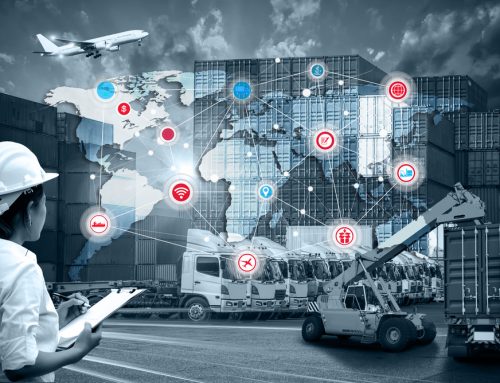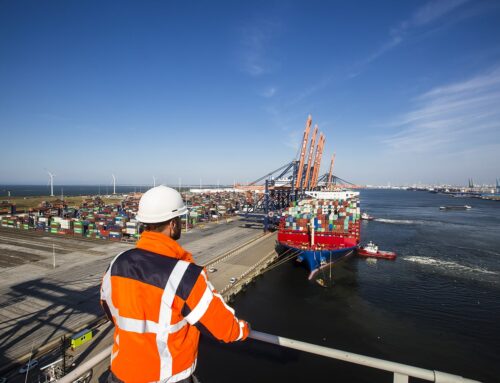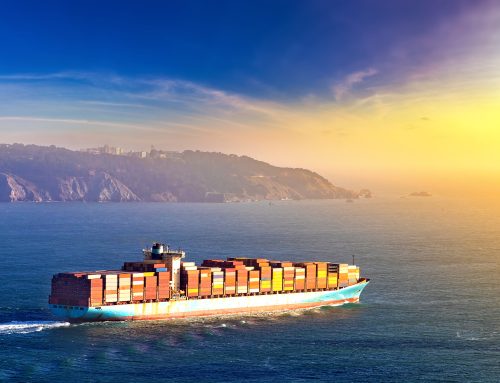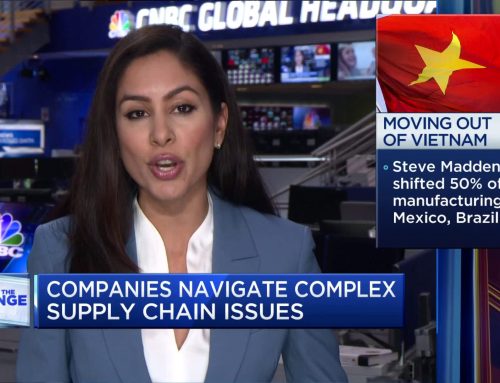It’s 2025, and Many Manufacturers Still Rely on Excel, Emails, and Friday Afternoon Calls
In 2025, many producers and manufacturers still depend on Excel, emails, and phone calls for supplier communication. Meanwhile, costs are rising, delivery times are slipping, geopolitical tensions are escalating, and customers demand more speed, transparency, reliability, and flexibility.
How should organizations handle this? How do you ensure your supply chain can withstand today’s uncertainties and challenges while meeting customers’ ever-increasing expectations? What’s the wise approach?
The Old Way of Working No Longer Works
Many Dutch manufacturing companies are unknowingly stuck in an outdated supply chain model. They’ve invested in an ERP system, established processes, and have good people. But beneath the surface, things aren’t flowing. This is tied to the maturity (or lack thereof) of the supply chain—the entire network.
Supply Chain Maturity? Let’s Break It Down
During the 2008 financial crisis, organizations with a “mature” supply chain outperformed and proved more resilient than their competitors. This prompted research by Gartner, who developed the Supply Chain Maturity Model. This model helps companies assess their maturity level and take concrete steps toward greater control, integration, and collaboration. The goal? Raise awareness, guide growth, and transform supply chains from operational cost centers into strategic assets.
Let’s explore Gartner’s five maturity phases.
Phase 1: React – “We Fix It When It Goes Wrong”
Characteristics:
- No centralized control over the chain
- Ad hoc, reactive operations
- Delivery issues only become visible when it’s too late
- Heavy reliance on emails, phone calls, and Excel sheets
- Unclear responsibilities and no data-driven decisions
How It Feels:
- Constant firefighting
- Restlessness on the shop floor
- Colleagues “make it work,” but no one has oversight
- Problems keep recurring
The Risks:
- High costs when things go wrong
- Loss of customer trust
- Long lead times and poor delivery reliability
First Step to Growth?
Map out basic processes. Gain visibility into inventory, delivery reliability, and planning.
Phase 2: Anticipate – “We Try to Look Ahead”
Characteristics:
- Planning exists but isn’t aligned across the chain
- Improved visibility, but data remains fragmented
- KPIs are measured but rarely used for adjustments
- Departments still operate in silos
How It Feels:
- Less chaos than Phase 1
- Decisions are slightly better informed
- The organization wants to improve, but the system holds it back
The Risks:
- You’re constantly playing catch-up
- You lack the flexibility to pivot quickly
- Suppliers aren’t included in your planning
First Step to Growth?
Centralize data and align processes across departments (e.g., procurement, production, logistics).

Phase 3: Integrate – “We Work Internally as One Chain”
Characteristics:
- Integration of processes and IT systems within the organization
- Real-time insight into orders, inventory, and production capacity
- Standardized processes
- Data-driven decision-making
How It Feels:
- Internal operations are under control
- Less stress, more predictability
- You can respond faster to changes
The Risks:
- External suppliers aren’t yet connected
- Without chain-wide collaboration, flexibility remains limited
First Step to Growth?
Actively seek collaboration with suppliers and customers to optimize the entire chain.
Phase 4: Collaborate – “We Manage with Our Chain Partners”
Characteristics:
- Close collaboration with suppliers and customers
- Joint planning and data sharing
- Trust, transparency, and mutual dependence
- Innovation and cost savings emerge from relationships
How It Feels:
- The chain is a network, not a series of disconnected links
- Improved delivery reliability
- Partners feel like an extension of your organization
The Risks:
- Dependence on the quality of supplier collaboration
- You must be willing to be vulnerable with customers and suppliers
First Step to Growth?
Invest in data-driven platforms and agree on shared goals with suppliers.
Phase 5: Orchestrate – “We Conduct the Entire Network”
Characteristics:
- Fully integrated chain: internally and externally
- Use of AI, scenario planning, and predictive analytics
- Flexible and real-time adaptability to change
- The supply chain is a strategic weapon
How It Feels:
- You’re ready for any crisis, challenge, or opportunity
- The chain is agile, scalable, and future-proof
- Customers experience speed, quality, and reliability
The Risks:
- High expectations from all stakeholders
- Continuous innovation and adjustments are required
What’s Next?
Keep investing in innovation, data, collaboration, and relationships to stay ahead of competitors and grow sustainably.
Know Your Phase
The journey to a strong supply chain starts with understanding your position in the Supply Chain Maturity Model.
From experience, many organizations believe they’re in Phase 3 or 4—until a crisis hits. Wars, trade conflicts, raw material shortages, rising energy prices, COVID, a ship blocking the Suez Canal, or a newly elected U.S. president. In turbulent times, the importance of a robust supply chain becomes painfully clear.
And turbulent times are the norm, not the exception.
In an ideal, predictable world, a lack of transparency, communication, and collaboration in the supply chain might be manageable. But when markets become volatile, geopolitical tensions rise, or demand shifts unexpectedly, supply chains must be agile. Suppliers need to respond instantly—not with days of delay or after 10 calls and 15 emails. You must act as one integrated unit.
The Supply Chain as a Strategy (to Win)
We can’t predict what will happen next week, next month, or next year. We don’t know what crisis, challenge, or disruption lies ahead. But we know they’re coming. So, you must be prepared—for everything. The companies leading tomorrow are those investing today in a supply chain that operates as a cohesive whole. It’s the resilience, agility, and speed of your supply chain that will make the difference. That’s certain.




